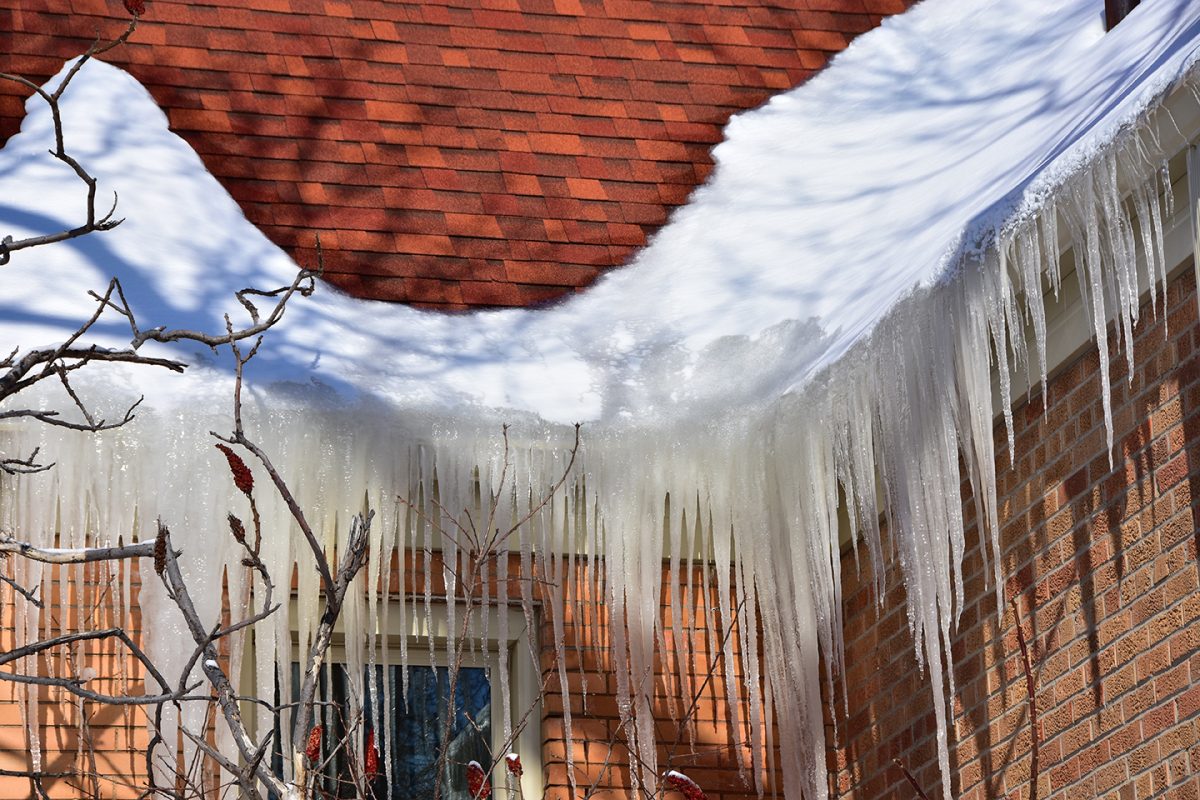Say farewell to your concerns about ice dams this winter. Our tips from experts can help you stay prepared and prevent them altogether. Avoid the hassle of battling persistent ice build-up, plus any potential damage it may cause, by following these easy steps for safeguarding against such a hazard. Bye bye worry, enjoy the cozy season without fear!
Key Takeaways
- Understanding ice dams and their potential damage is essential for prevention and removal.
- Proactive maintenance such as insulation, sealing air leaks, ventilating the roof/attic & cleaning gutters are key strategies to prevent ice dam formation.
- Professional help should be sought when considering safety precautions or dealing with unique roof configurations.
Understanding Ice Dams: Causes and Dangers
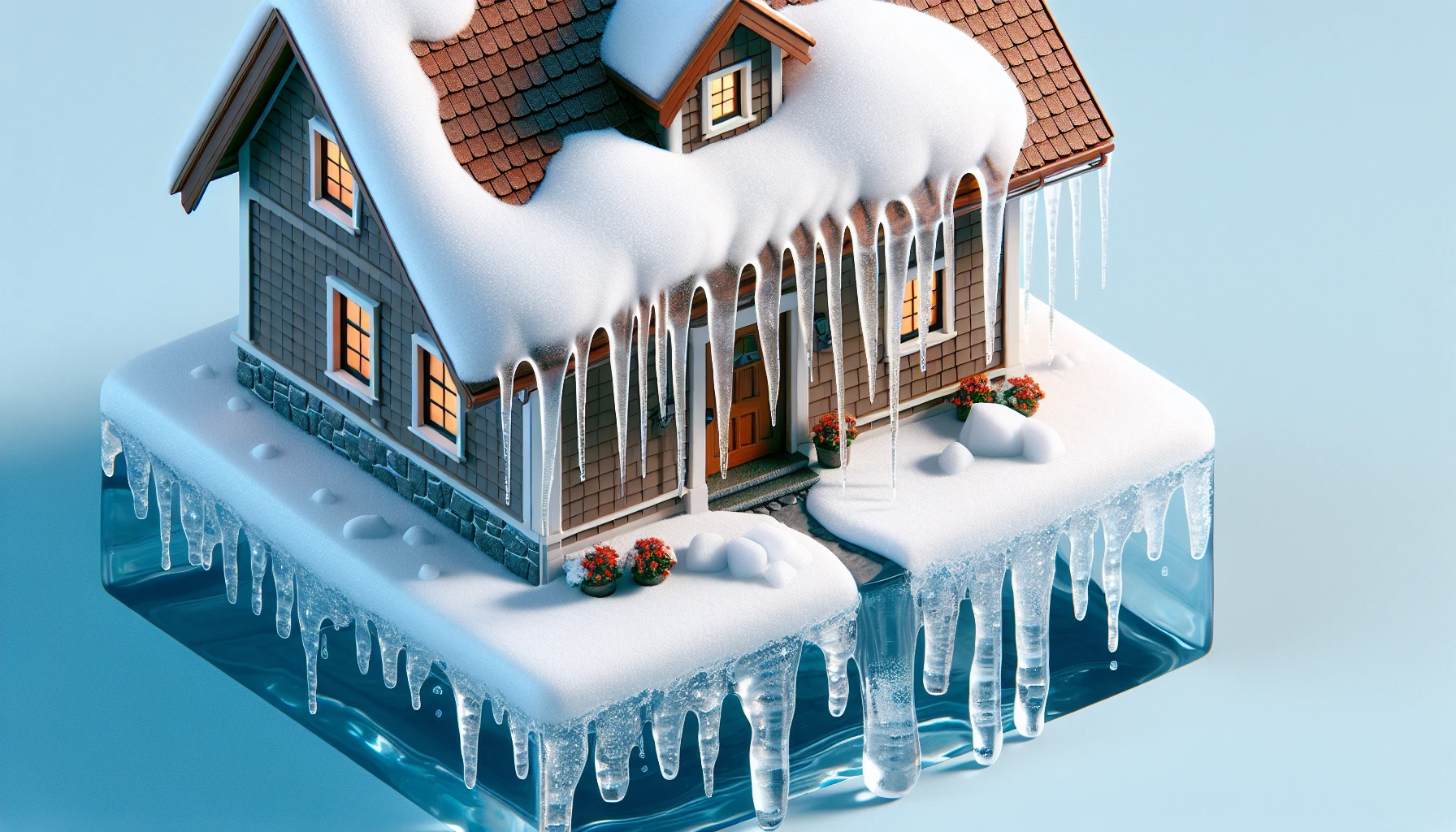
To protect homes from costly structural or aesthetic damage, as well as the danger of mortality should a collapse occur due to the weight of ice dams, both prevention and removal are essential. Ice dam formation is created by non-uniform roof temperatures combined with exterior walls affected by outside temperatures along with heat loss and snow coverage at lower edge lines of roofs. This makes preventing roof ice dams necessary in order to avoid any potential damages mentioned above caused by an accumulation large amounts of ice on them.
How Ice Dams Form
Ice dams form as a result of imbalanced roof temperatures, which are commonly caused by factors such as heat escaping from the house, insufficient insulation and air leaks. These issues can lead to ice buildup on roofs that may cause damage. Heat transmission between the roof surface and home is primarily conducted through conduction, convection or radiation methods. Using insulating fibers around sources of warmth can help decrease this transfer process significantly. By controlling the amount of heat lost in these manners it helps reduce occasions when ice damming occurs with consequent risks for building owners regarding potential icicle accumulation on their property’s rooftop.
Potential Damage from Ice Dams
Ice dams can have detrimental impacts on a home, including potential water damage, mold formation and structural damages. When an ice dam prevents snow from melting properly off the roof, it causes collected liquid to saturate through shingles or sheeting leading to dripping ceilings and discolored icicles as well as blocked outflow of melted snow. Signs of these damages include accumulating water in the residence, visible hanging icicles with color changes due to damage by melt-water coming down from rooftop buildup of icy layers blocking normal drainage flows which has been affected by buildups that are obstructing flow patterns around parts near the edges where roofs meet walls during winter seasons when temperatures drop enough for freezing conditions arise creating accumulations at those areas.
Effective Ice Dam Prevention Strategies
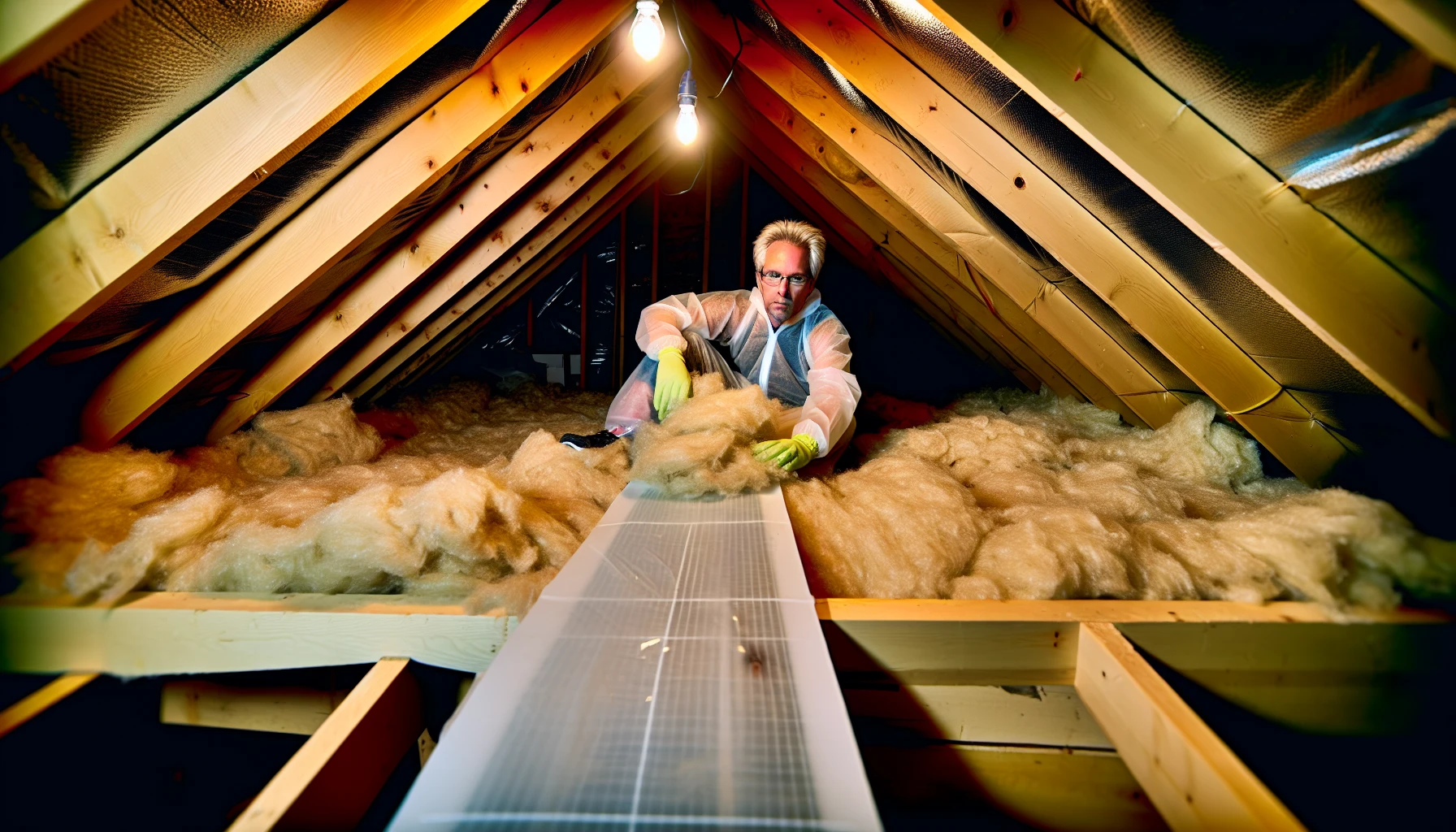
When it comes to ice dams, prevention is always better than trying to repair the damage they cause. Sealing air leaks and making sure that your attic has proper insulation and ventilation are all key steps towards avoiding them. Adding insulation in any living spaces under the roof or on its inner surface may be beneficial for preventing issues related to frozen formations of snow/ice on rooftops. Taking secondary precautions with various ice dam protection products can also help protect homes from potential disasters resulting from their buildup of accumulated water along eaves due to melting snow running down roofs during warmer weather periods but freezing when temperatures drop again at night!
Insulating Your Attic
The roof’s temperature needs to stay consistent in order for ice dams to be avoided, and proper insulation can help with this. Speaking, an attic should have R-40 of insulation put in place since it helps cut down on heat loss due to conduction, convection and radiation between the surface temperatures. Building regulations require at least 12 -14 inches of either fiberglass or cellulose when doing such work.
Ventilating Your Roof and Attic
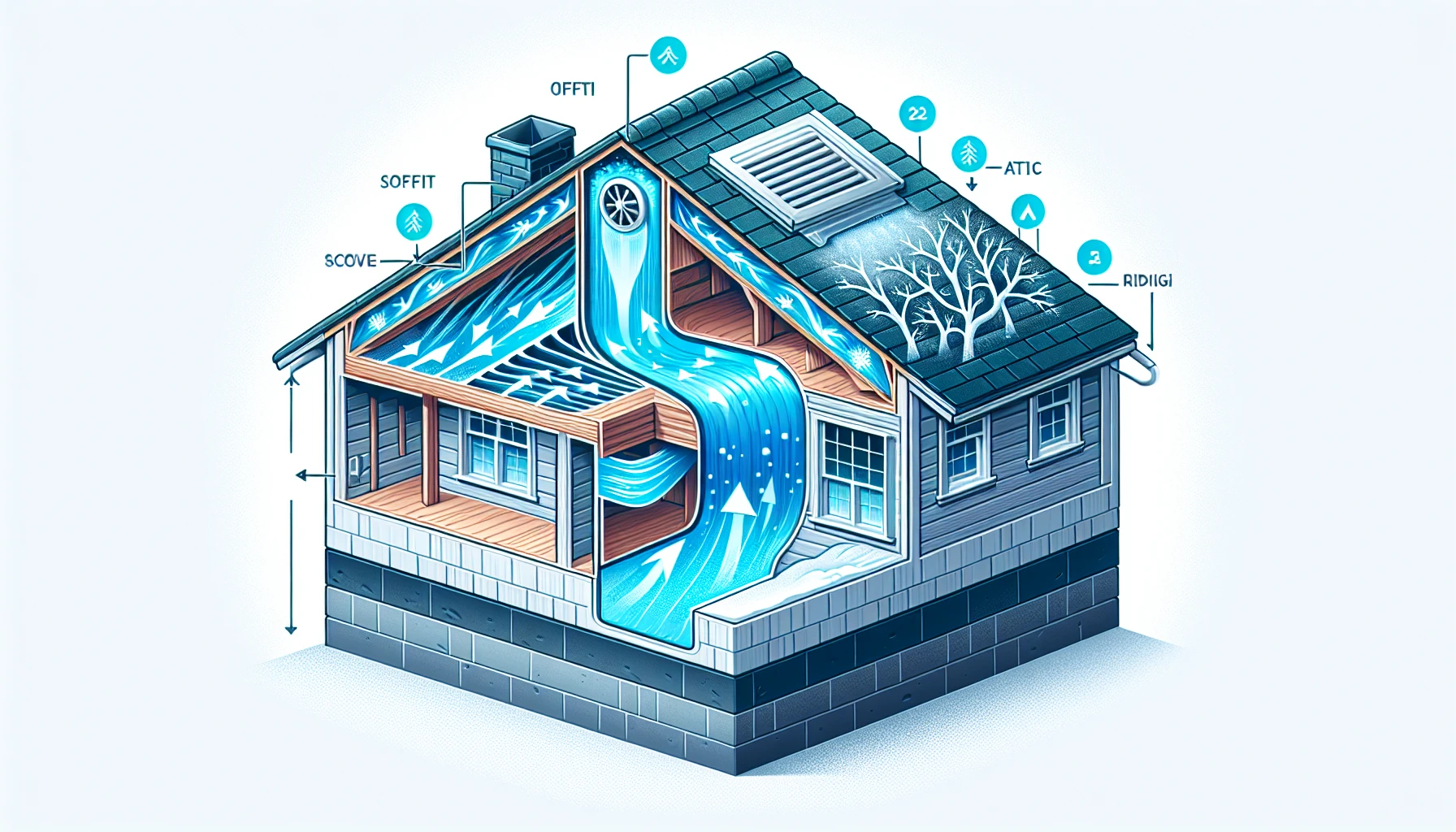
To protect the roof surface from snow and ice, proper attic and roof ventilation is a must. It helps to circulate cool air in the attic area keeping it below freezing level. To allow for better airflow along with cold air getting into the space, an 8-in x 16-in vent should be added in every second rafter spot of the soffit as well as installing square shaped vents near peak alongside ridge vents running all over its length. As warm air escapes through these openings, this cooling down both the rooftop and upper layer overall making sure that no accumulation happens due to melting snow or formation of frost dams occurs at any point on time.
Addressing Air Leaks
In order to reduce the chances of forming ice dams, plugging up air leaks in an attic can conserve energy by preventing heat loss and decreasing heating and cooling costs. Cracks between warm interiors and attics as well as insufficiencies concerning insulation levels are some common sources where these air leakage problems originate from. Ducts within the attic should also be addressed when it comes to fixing issues with air flow. The most effective way of addressing this problem is entering into your attic space, replacing any loose or inadequate insulation materials then using foam caulk or similar methods for sealing off all openings that could affect its temperature stability.
Cleaning Gutters
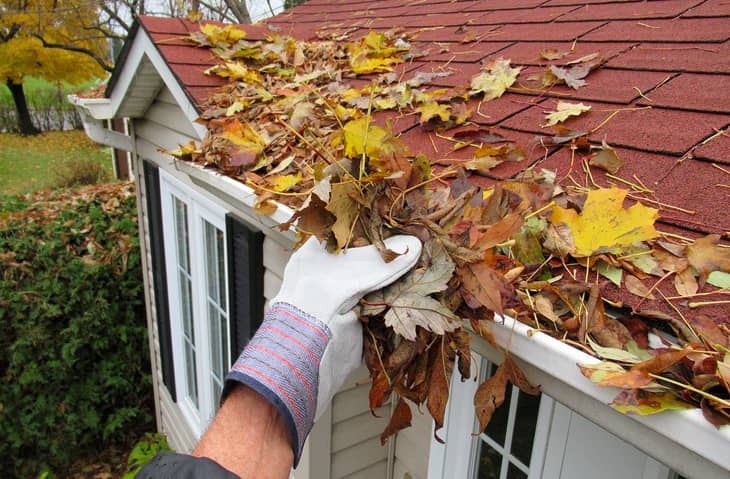
Twice a year, it’s wise to clear the gutters — especially before winter and in the spring. To successfully prevent ice dams from forming one needs items like a gutter scoop, garden hose or power washer along with a nozzle attachment for optimal performance. Removing any debris that accumulates over time is essential considering how difficult removing clumps of matter can become once frozen into place by icy temperatures.
Also fitting protective guards on your gutters may provide additional protection against blocking up due to these extreme weather conditions. Thawing out smaller blocks caused by trapped snow through hot water might be an added beneficial step as well if needed! Professional services are also available should you prefer not having to manage this yourself which could assist in avoiding potential damage caused by stubborn pieces of ice at large within your home’s rainwater system infrastructure.
Proven Ice Dam Removal Techniques
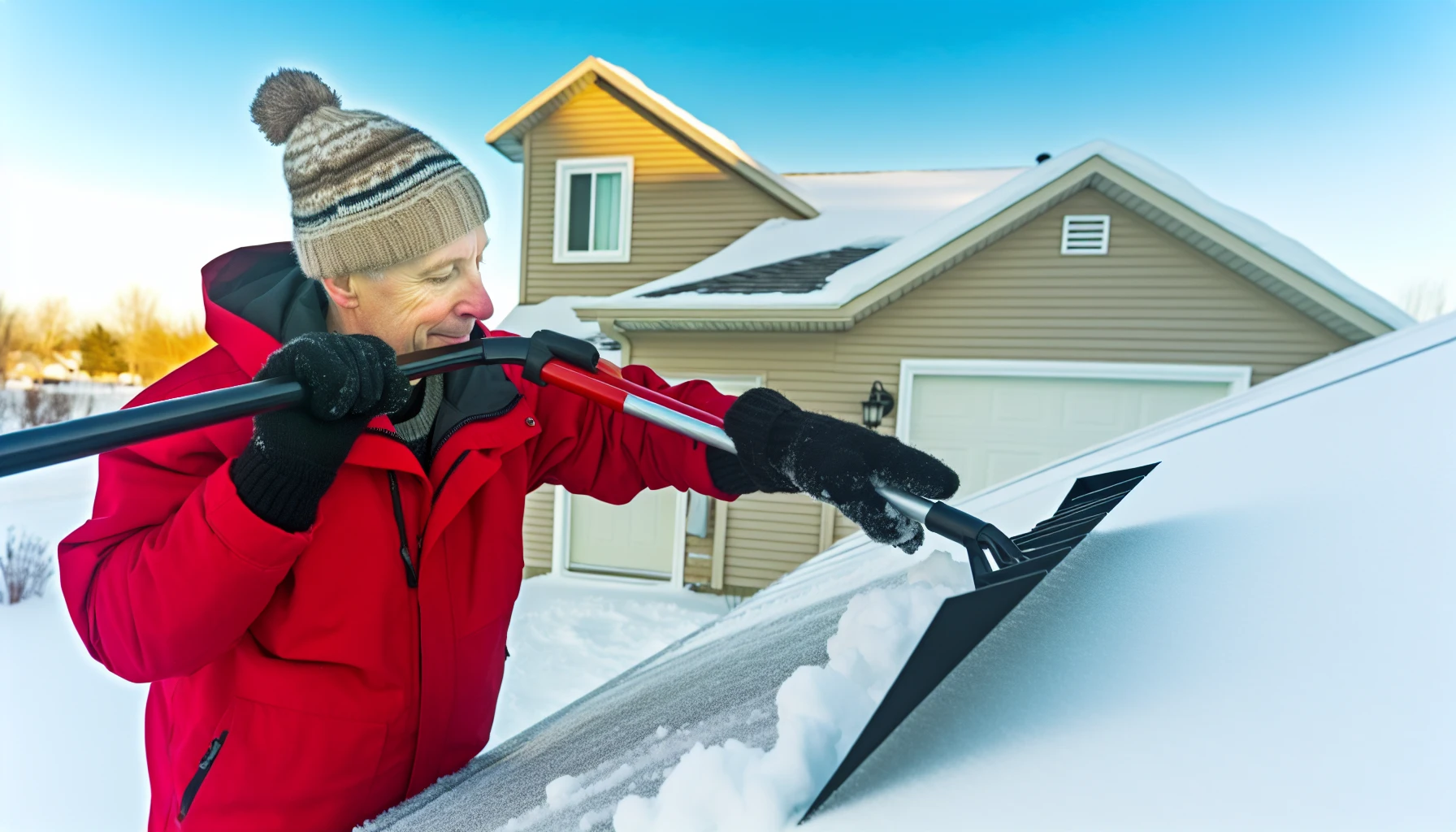
When ice dams have already caused damage to your roof, effective techniques for their removal should be used. For this task, a roof rake as well as calcium chloride can come in handy. The steam method of taking away the solidified layer is also an available option when it comes to removing ice from roofs and mitigating destruction. Regardless of which one you decide on using, know that these powerful tools will greatly diminish harm done by any lingering pools of frozen water up there.
Using a Roof Rake
A roof rake is a device that can be used to take away snow and ice from the top of buildings. It helps in preventing any potential destruction associated with forming an ice dam. When looking at how best to use this tool for getting rid of ice dams, one has to keep these steps in mind: 1) selecting the right type. 2) standing securely while utilizing it. 3) Beginning near the edge. 4) using consistent movements when moving it along slowly ; 5 ) taking care not to let falling pieces cause damage or injury below. 6 clearing out gutters after finishing up.
Safety should also be taken into account before starting removal work- securing ladders firmly so they don’t topple over, staying far away from overhead electrical wires and having slow and steady strokes instead of quick jerks are only some important precautions which must be observed during such activity. There exist many different types of rakes suited to various roofs made specifically for effective cleaning off both snow as well as debris on its edges.
Applying Calcium Chloride
Using calcium chloride is a popular choice when it comes to melting away ice dams and snow. It works efficiently even at temperatures as low as -25°F, breaking up the built-up ice into smaller chunks or removing it entirely from roofs and gutters. Its use may bring some damage to these structures. Roofers recommend safer alternatives that can have similar results without causing any harm.
Steam Removal Method
The removal of ice dams from a roof using the steam method involves changing water into low-pressure vapor, which is then applied to break apart and melt away the dam. This technique has been found to be safe as well as successful for getting rid of ice buildup without harming your roof.
To use this steaming process on an ice dam, you will require some specialized equipment such as McCulloch’s MC1275 home steamer plus 20 feet worth of 1/2” heater hose. Safety should always remain top priority when removing icy accumulation in this manner.
Ice cold temperatures can present challenges but with expertly employed techniques like ‘ice dam steaming’ it remains feasible and secure to get rid of any unwelcome layers lurking atop roofs due to its effectiveness at eradicating frozen impediments with minimal risk potential.
When to Seek Professional Help
When it comes to the prevention and removal of ice dams, having an understanding of when professional help is necessary can be vital. Safety should always remain a top priority as attempting such tasks means one needs to climb onto roofs, work with chemicals, or move large quantities of snow and ice that could potentially pose risks due to freezing conditions.
Safety Concerns
When it comes to removing ice dams from a roof, one must practice caution. Safety gear like eye protection and work gloves should be worn when working in the cold temperatures posed by such icy roofs. Falling off could lead to serious consequences. Insurance companies may cover some or all of any damages caused by said build up of ice, depending on their policy as well as any possible exclusions that might apply. Prudence is required in order to ensure safety while addressing these issues with care!
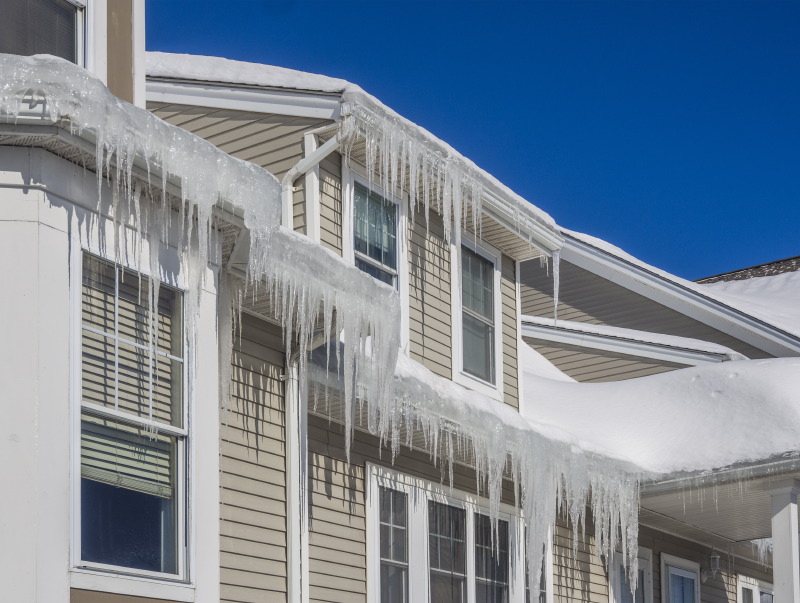
Unique Roof Configurations
A roof configuration that is distinct from regular designs may require specific experience and tools when it comes to ice dam prevention and removal. Unusual roofs are susceptible to uneven heat dispersal on the surface, which can accumulate water then freeze, thereby generating an ice dam. Specific issues with such configurations must be taken into consideration including but not limited to thermal loss, varying snow levels & temperatures, ventilation deficits in the rooftop area as well as lack of insulation or proper materials for covering these surfaces. It’s suggested if your particular system necessitates effective venting or you have an uncommon structure atop your home that professional advice should be sought out immediately regarding stopping/getting rid of any existing ice dams before Problems occur.
Essential Ice Dam Maintenance Tips
The prevention of ice dams can be aided by consistent maintenance. It is important to inspect downspouts, install specialized products and utilize ice dam protection measures as part of regular checks for avoiding such accumulations on the roof caused by frozen water. Keeping gutters clear and having a clean roof will help stop this icy nuisance.
Regular Inspections
To prevent ice dam formation and spot possible problems early, regular inspections are key. Before winter sets in, it is important to check the attic insulation as well as other roofing materials like gutters, downspouts, flashing and seals, soffits and fascia along with ceilings and walls. After a major snowstorm or an abnormal amount of snowfall, one should inspect their gutter system for any signs of ice build-up too. Keeping these aspects in mind while performing routine checks can go a long way towards preventing issues related to icy weather conditions such as creating dams which could eventually cause damage if not addressed properly on time.
Cleaning Gutters and Downspouts
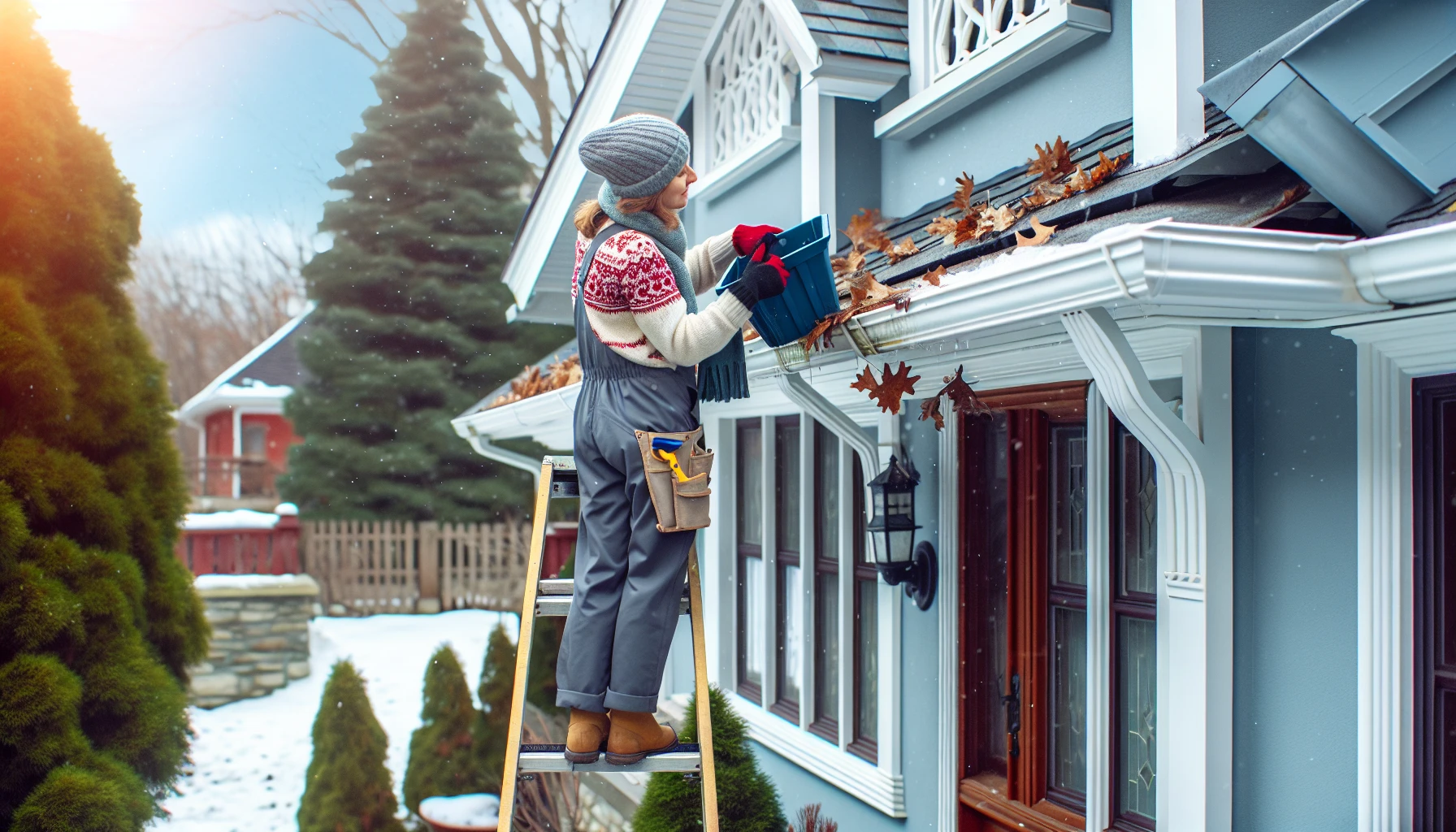
It is advisable to clean gutters and downspouts twice a year at least in order to prevent ice accumulations that can cause the formation of dams. The correct cleaning procedure includes scooping out gunk from the gutters using a small shovel or plastic scoop, and raking up all debris. On top of a sheet for easy cleanup with added use of leaf blower away from the hole leading to preventing clogs. If necessary, power wash or alternatively employ methods such as vacuum cleaner and garden hose should be used when making sure they are purged no less than twice annually so blocking does not occur which could result in overflows resulting due to blockage.
Final Thoughts
By using these experienced methods, you can battle and protect against ice dams to keep your home safe during the winter season. Taking a proactive stance and being consistent with upkeep will allow you to enjoy all of winter’s beauty without worrying about it causing damage from ice build-up.
Summary
By taking the necessary steps, like adequately insulating your attic space, properly ventilating both roof and attic areas to minimize air leaks and regularly cleaning out gutters for debris removal – you can help protect yourself from dangerous ice dam build up. This winter season save time, money and stress by following our expert tips on preventing the formation of ice dams as well as how best to deal with them once they have formed.
Frequently Asked Questions
How do you get rid of ice dams?
To remove ice dams, fill pantyhose with calcium chloride pellets and lay them across the dam, use hot water to melt it away, or break it up using a mallet.
Additionally, you should prevent future formation of ice dams by raking snowfall off your roof, adding insulation to your attic, sealing interior air leaks and installing de-icing cables.
Do I need to worry about ice dams?
It is essential to be mindful of ice dams as they can create moisture infiltration into the attic, which reduces insulation R-value, potentially causing structural issues.
What happens if you don’t remove ice dams?
Ice buildup can be extremely damaging to insulation, walls and ceilings as well as other areas of a house unless it is taken care of quickly. This could result in thousands spent on repair costs.
What is an ice dam and how is it prevented?
When snow melts on a warm roof, it causes ice dams to form by freezing near the cold eaves. To prevent such an issue from occurring, one must keep attics and roofs chilly enough that melting snow won’t refreeze near the edges of the house.
What causes ice dams to form on roofs?
Insufficient insulation, combined with heat loss and air leaks in the roofing structure, leads to temperatures that are not even across it. These conditions make ice dams more likely.

